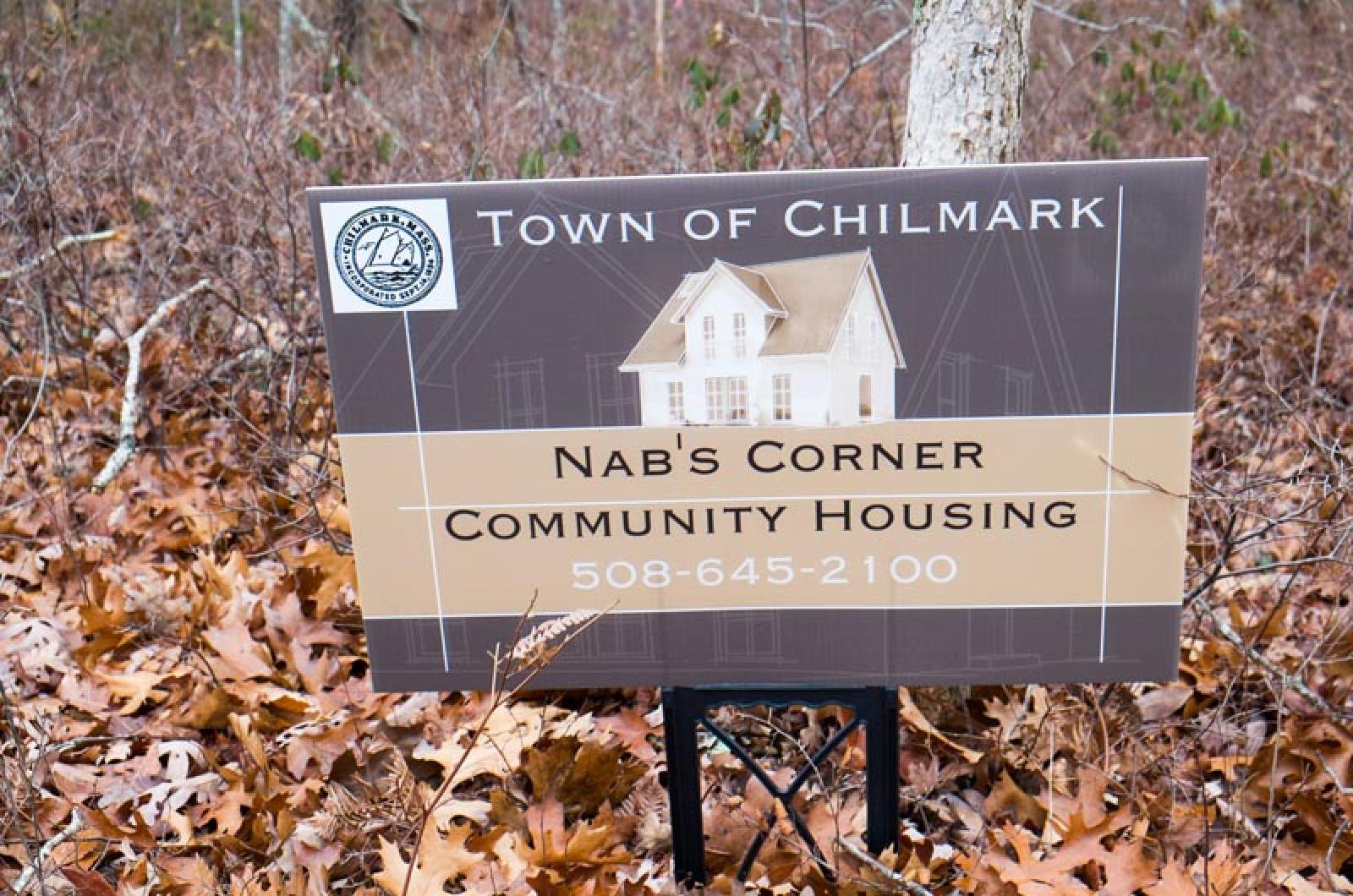In light of questions surrounding the recent lottery for affordable homesites at Nab’s Corner, the Chilmark housing committee has begun the process of revising the town’s homesite guidelines. Last week, the committee outlined some of the issues it plans to investigate this winter. Fourteen applicants had been approved by the committee and entered into the Nab’s Corner lottery that took place Dec. 5. Prior to the lottery, the selectmen denied two separate appeals from applicants, but agreed that the homesite guidelines, last amended in 2007, should be clarified. The four one-acre lots were awarded to town residents who had been given preference for having lived or worked in Chilmark, or having volunteered in the town’s public service sector, for at least five years.
One point of discussion was whether to maintain the current limitation on the resale value of houses built on an affordable homesite.
“To me the real issue is, can we keep this unit in the affordability pool so the next person can afford it,” said committee member Andy Goldman.
Chairman Jim Feiner said the guidelines should not allow homesite owners to sell their houses to the highest bidder on the free market. “So we don’t want to create a secondary real estate market, either,” he said.
Another concern was the absence of an upper limit for what someone may spend on a new house. Michelle Leonardi worried that houses that were expensive to build might not be affordable later on. Mr. Feiner said the committee should encourage applicants to build more cheaply to begin with.
The current guidelines state that a property may be sold or transferred only to an eligible purchaser. But the 99-year ground lease for each site says the property may go to a child of the first leaseholder regardless of his or her eligibility.
“I’d say that’s a contradiction,” said Jessica Roddy.
One of the appeals on Dec. 2 dealt with a personal savings threshold, and another with the criteria for receiving Chilmark preference. The selectmen unanimously denied both appeals.
Mr. Goldman believed the criteria for Chilmark preference were clear enough already, but in regard to secondary preference for Martha’s Vineyard residents, he wanted to see a separate category for working on the Vineyard, in addition to the categories for living and volunteering.
“There is no reason for us not to allow people who really want to live here and come every day and work for years and years not to receive a recognition for that,” he said.
Committee members hope to revise the guidelines to better define what constitutes paid and volunteer work. Ann Wallace said that some applicants had more options than others in terms of documenting their experience in Chilmark or on the Vineyard. “We need to help with that to make it legit,” she said. Another issue was how a co-applicant’s experience might affect the primary applicant’s standing.
Ms. Wallace noted that the local housing need covers a range of income levels, and suggested that the committee have a more “philosophical discussion” about who it should be trying to serve. “This is such a skewed economy,” she said. “Who can we serve and serve the best? How can we do it?” She said she believed that setting those basic goals would lead naturally to improvements in the guidelines. “It all is a set of dominos that would tumble into place,” she said.







Comments
Comment policy »